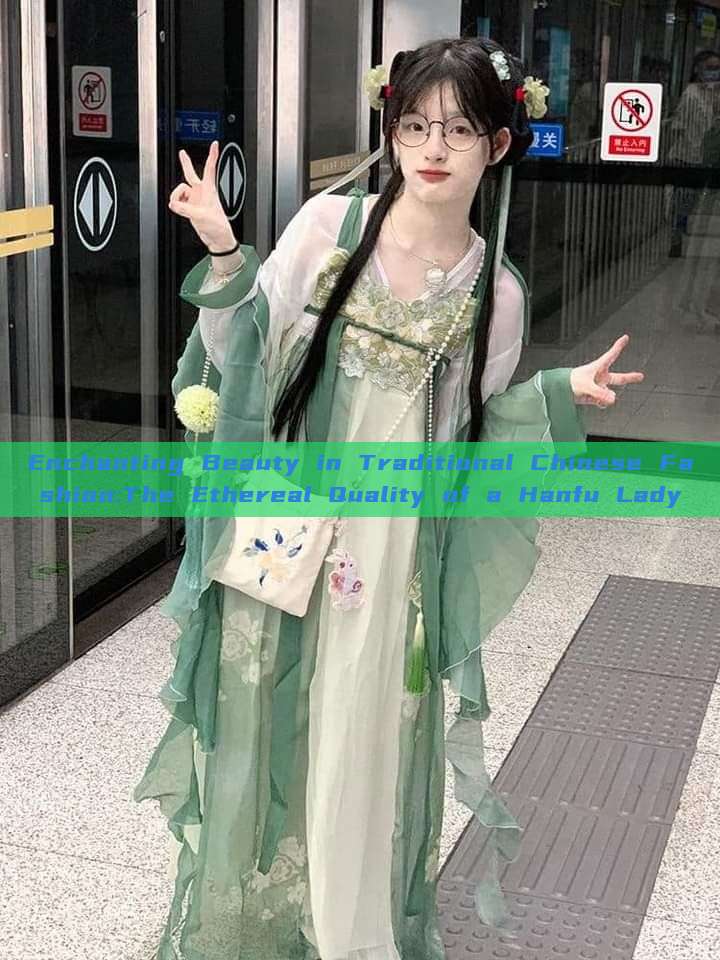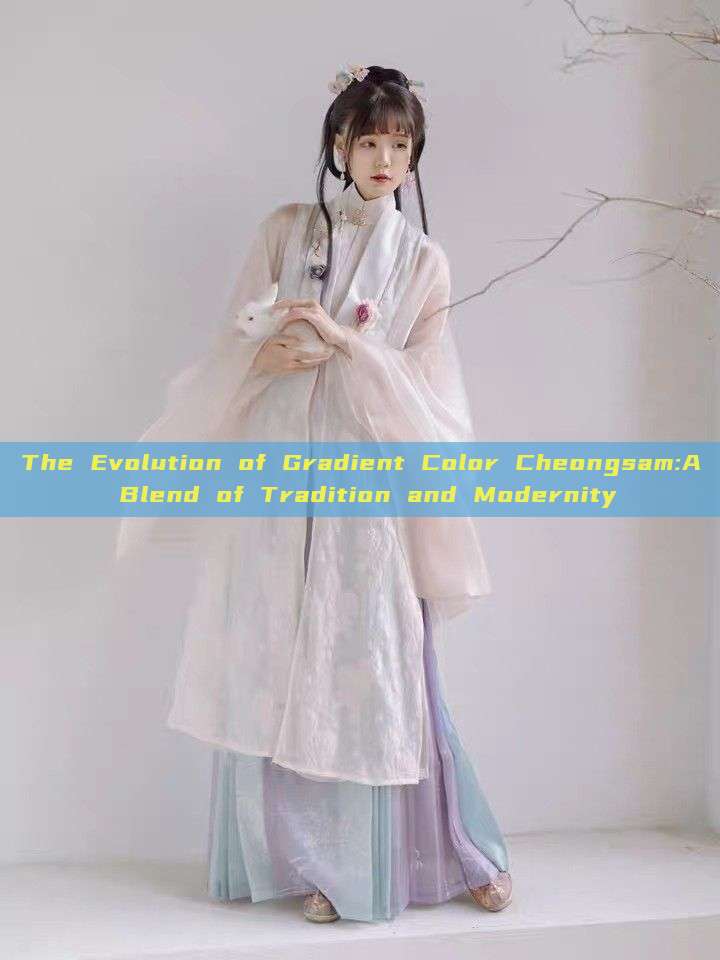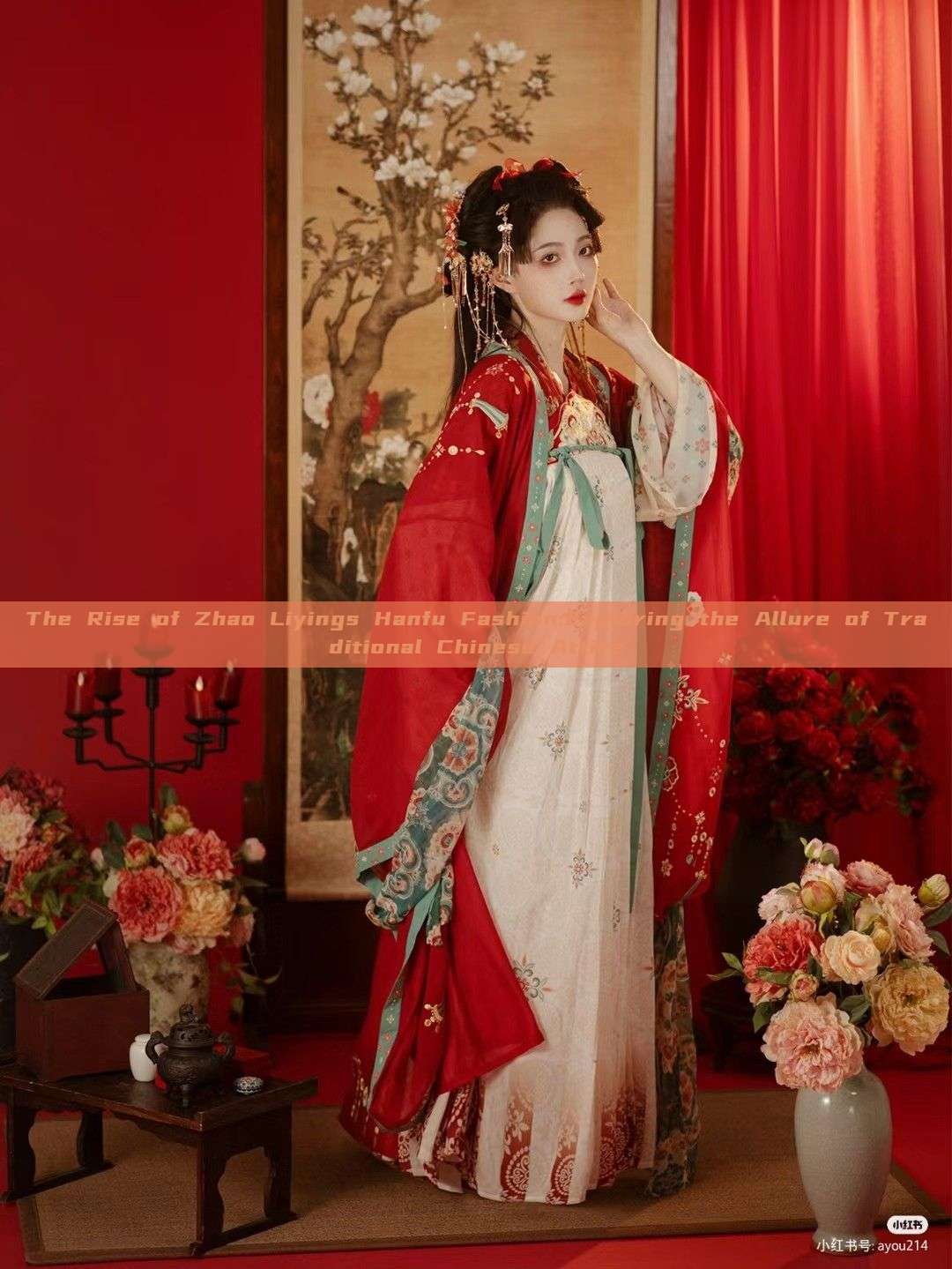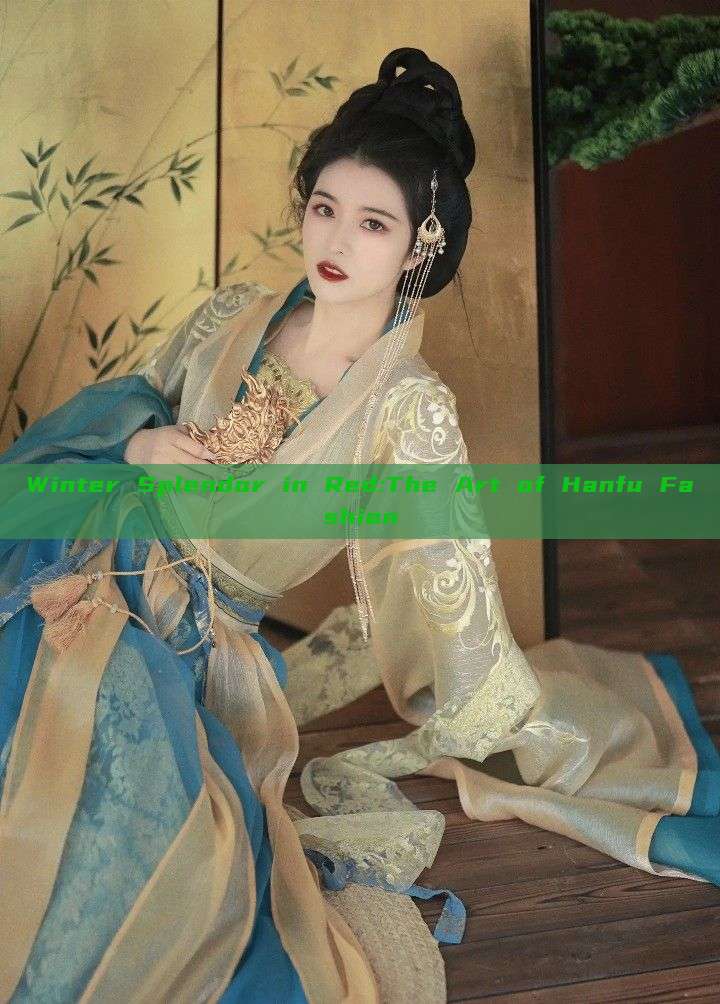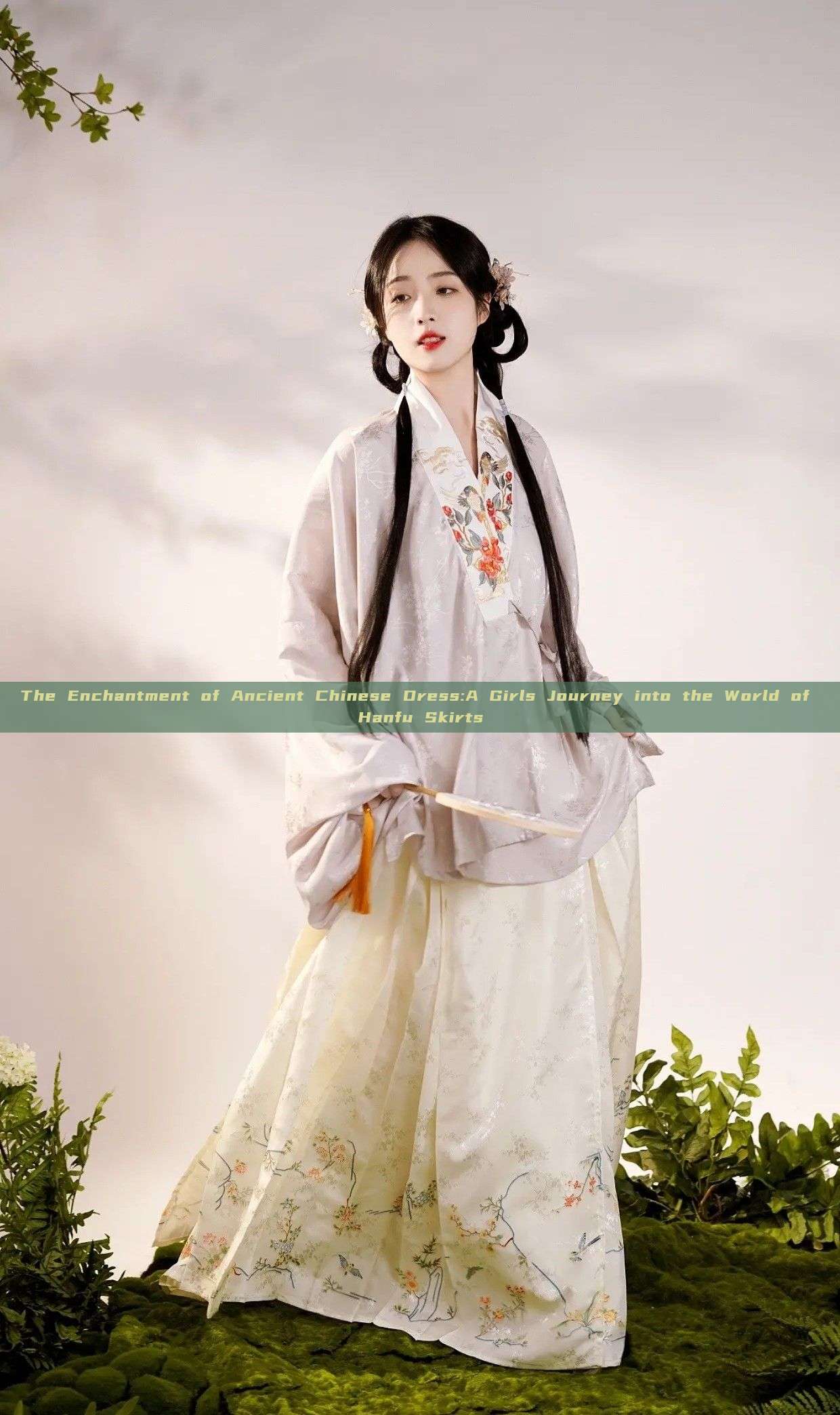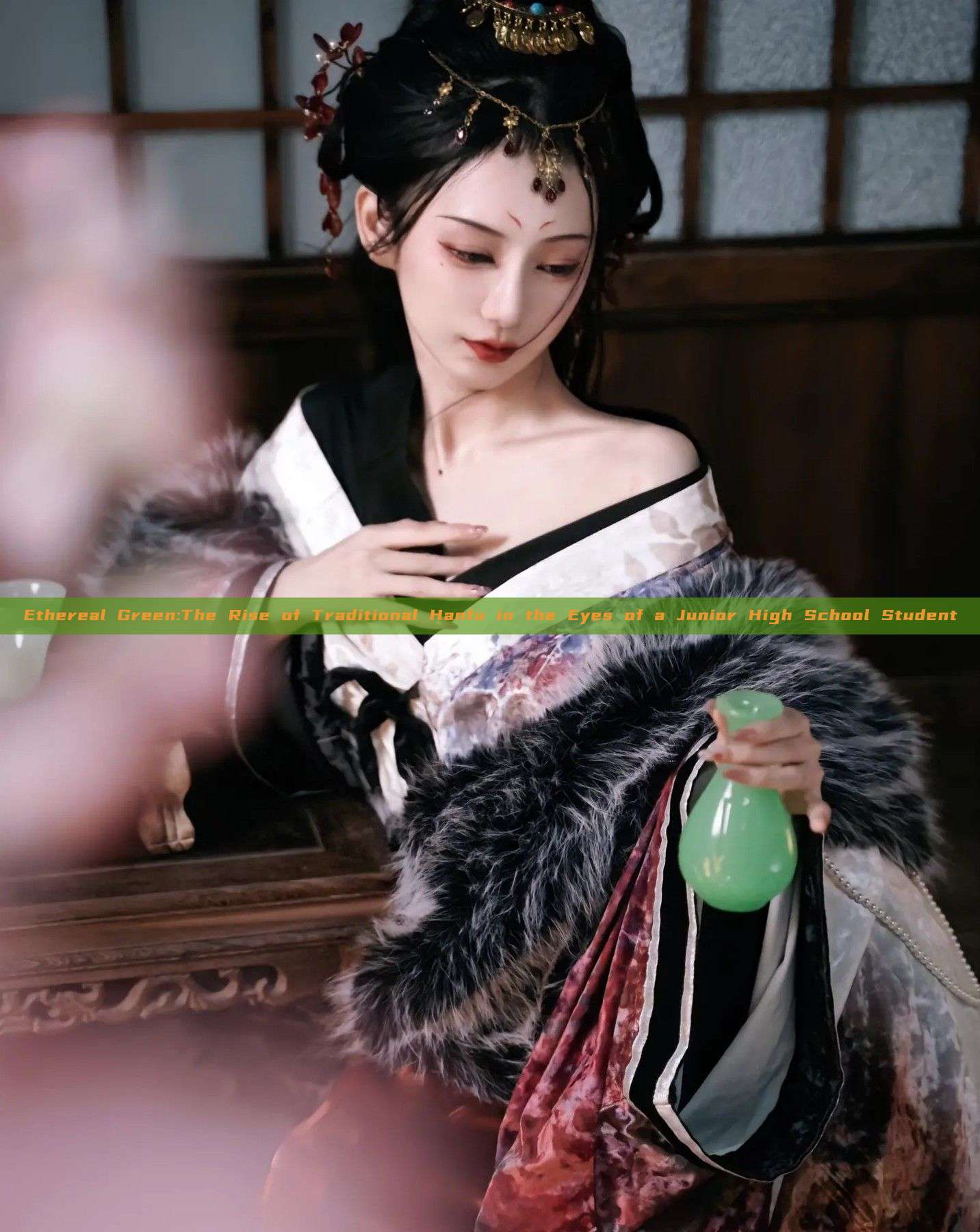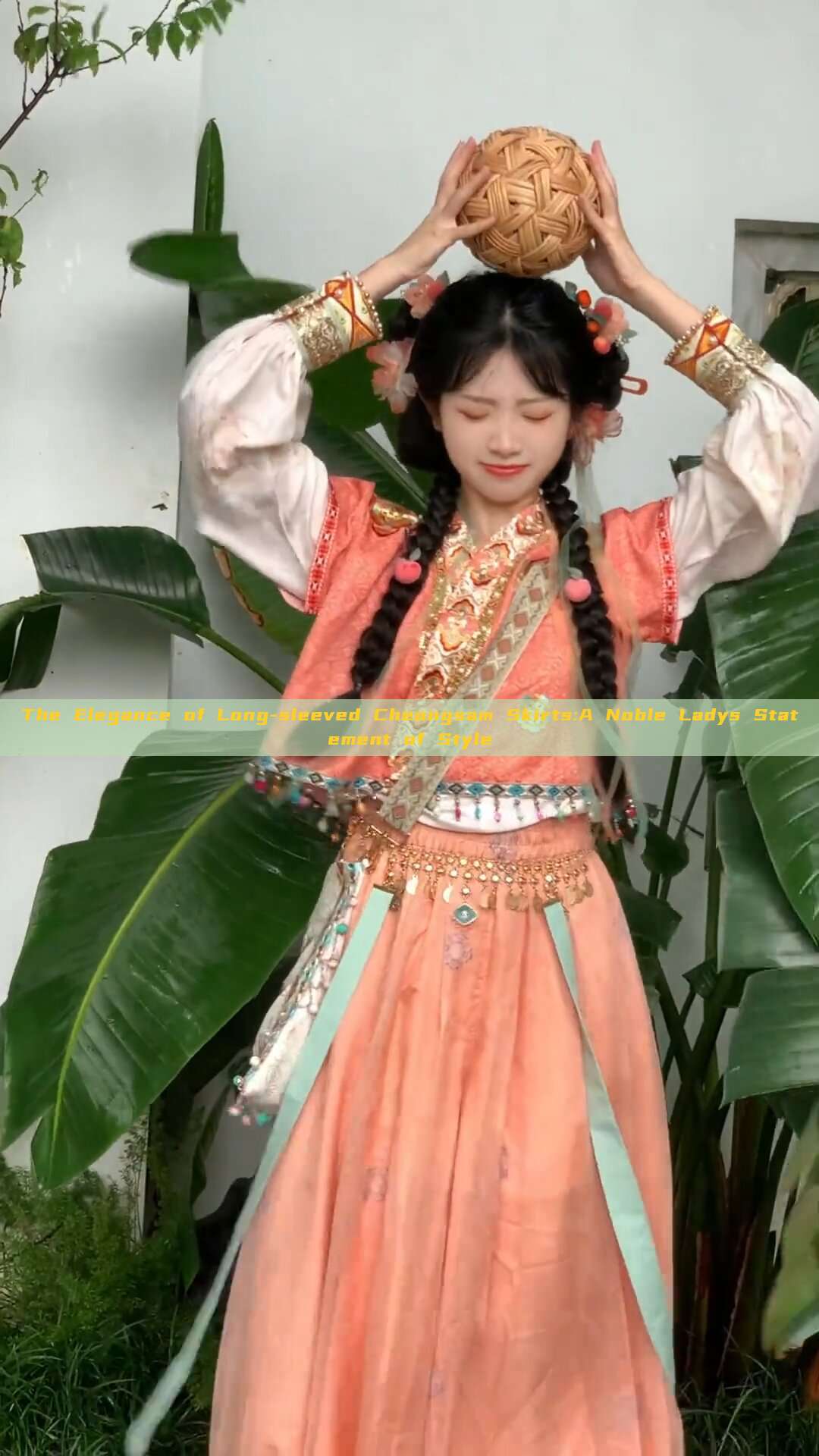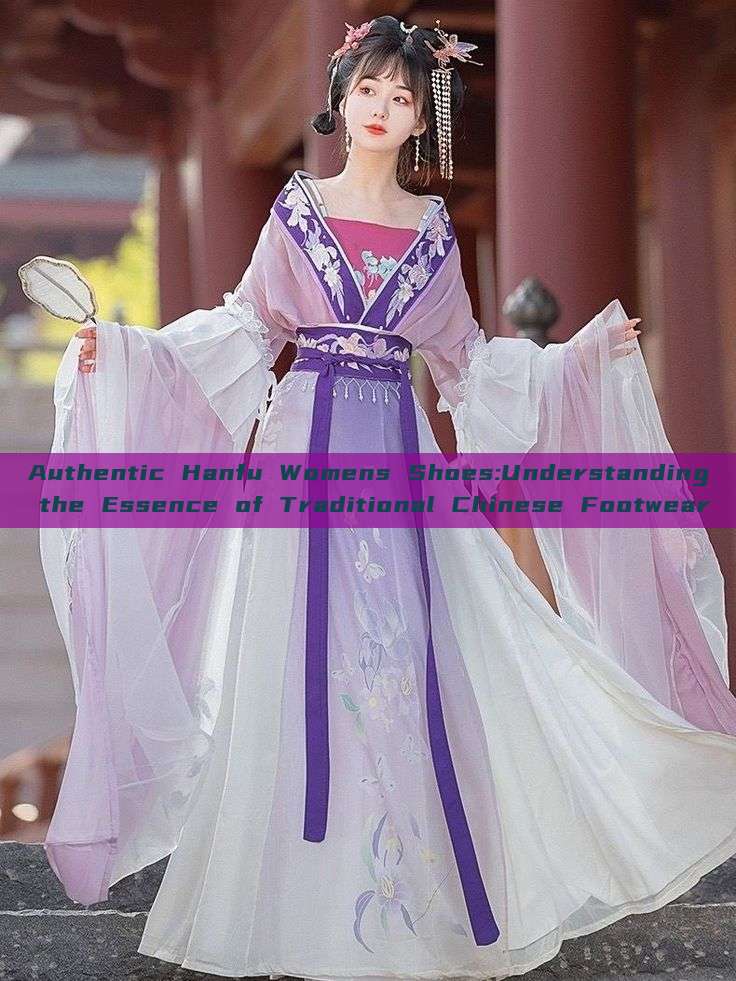In the realm of traditional Chinese culture, the Hanfu waistband, also known as "Yifeng," embodies a profound essence of elegance and divine aura. It is not just a piece of clothing; rather, it is a symbol of cultural heritage and artistic expression.
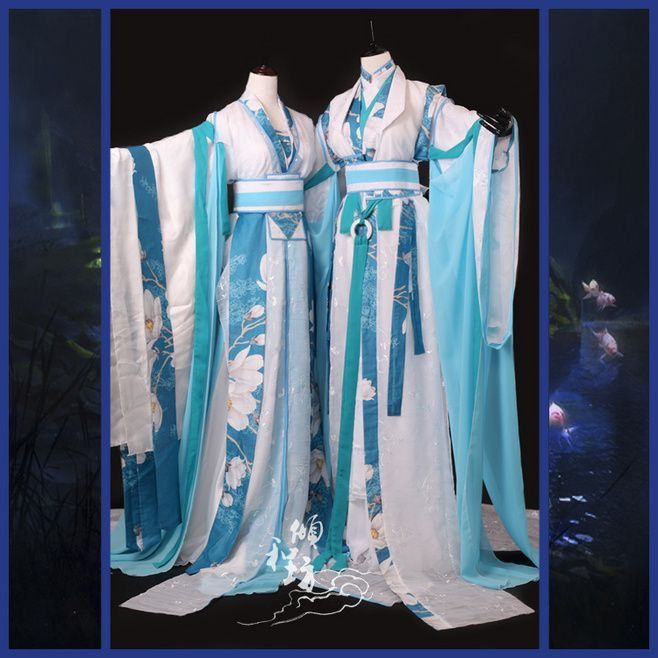
The history of Hanfu waistbands can be traced back to the Han dynasty (206 BC – 220 AD), when they were initially worn by the imperial court and upper-class society. Over time, they became a standard feature in traditional Chinese clothing, reflecting the beauty and grace of Chinese culture.
The design of Hanfu waistbands is intricate and unique. They are usually made of silk or other luxurious materials, and are often adorned with intricate patterns and designs. The waistband is tied around the waist, often with a knot or buckle, and flows gracefully with the movements of the wearer.
The enchantment of Hanfu waistbands lies in their ability to evoke a sense of antiquity and fairy-like aura. The intricate designs and patterns often incorporate elements of nature such as flowers, birds, clouds, and mountains, which give the waistband a sense of harmony and balance. The color schemes are often vibrant and rich, further enhancing the overall aesthetic appeal.
Moreover, Hanfu waistbands are not just worn for aesthetic purposes. They also serve as a means of expressing oneself and showcasing personal style. Each waistband tells a story, reflecting the wearer's personality, taste, and cultural heritage.
Today, Hanfu waistbands have gained popularity not only in China but also around the world. Many people are embracing this traditional form of clothing as a way to connect with their cultural roots and appreciate the beauty of Chinese culture. The waistbands are often worn during festivals, celebrations, and traditional events, providing a glimpse into the rich cultural heritage of China.
In conclusion, Hanfu waistbands are not just pieces of clothing; they are a gateway to a world of cultural heritage and artistic expression. With their enchanting aura and intricate designs, they evoke a sense of antiquity and fairy-like beauty. The waistbands serve as a powerful symbol of cultural identity and personal expression, connecting people to their roots and celebrating the beauty of Chinese culture.

